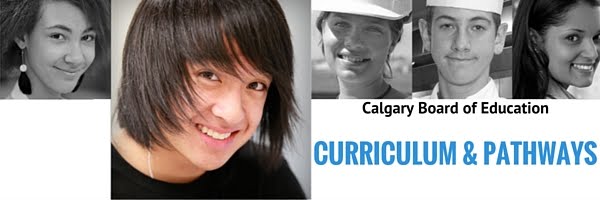I was invited to go to Wildwood School to work with the grade 4s on an introduction to robotics. I brought along our Cubelets, a modular robotics system that snaps together with magnets.
I had an hour with each group. We started with six cubes: a battery, a distance sensor, a light sensor, a flashlight, a set of wheels, and a passive block.
Before I let them go, we talked about the three thinking processes they would focus on today: Think-Make-Improve (T-M-I), a simplified design thinking process borrowed from the invaluable book Invent to Learn: Making, Tinkering, & Engineering in the Classroom.
We started by having groups of students just play with the six Cubelets. Pretty quickly, the students realized the Cubelets must be put together in order to function - a pretty great metaphor for the kind of collaboration the students would be required to approach this kind of learning. They played for a bit, and figured out that when they put them together, the cubes would move, light up, spin, etc. They just weren't sure, yet, how they worked.
I stopped them after they'd had a chance to play and we talked a bit about sensors. We talked about what a sensor is - they understood sensors were things that told something about the environment around it - and link to the root of sense, pointing to our five senses. They gave examples of sensors in our world - a motion sensor on a garage light, the automatic doors at the grocery store, the faucets in the mall bathrooms.
To learn more about sensors and how they work, we focused next on three cubes: the battery, the distance sensor, and the wheels. I did not tell them they had a distance sensor - I just asked them to select the black cube that had two dots on it that kind of looked like a face. I told the students that one of these three blocks was a sensor, and that their challenge was to try to figure out which one was the sensor, and what kind of sensor it was. Nearly all groups were successful with this and identified the black cube as the sensor, and many were very close in determining what kind of sensor it is - most said it was a motion sensor. I asked them to play more with these three blocks, and see how many different ways they could figure out to make it move. They got it to go away from them, come towards them, go in a big circle, do little donuts, amongst other moves.
From there, I gave them a challenge: Create a robot that does a job for humans. Some of their amazing inventions can be found below in the Storify of the Tweets we created during the session - I'm quite partial to the desk-cleaning robot myself!
After the exploration, the students took some time to reflect on the T-M-I thinking they did using this graphic organizer I created to help the students reflect on their learning. Please feel free to use it. If you do, connect back with us to let us know how it worked!
As for me, I was blown away by the incredible problem solving students were employing as they were exploring these robots. This was a perfect example of how using their hands activates their brains - by moving, tweaking, changing the robots, the students were able to gain understanding of computational thinking. Something else stood out to me: the groups of students who truly collaborated, and worked together rather than individually or in parallel with each other were far more successful. Something for me to keep in mind and puzzle around: how can we, as instructional designers, scaffold the skills of collaboration when we're designing maker challenges?
I'll be heading back to Wildwood to work with the grade 4s in about a month to do some more robotics work with them, now that they've gotten the basics under their belt. Can't wait to have them blow me away again!
